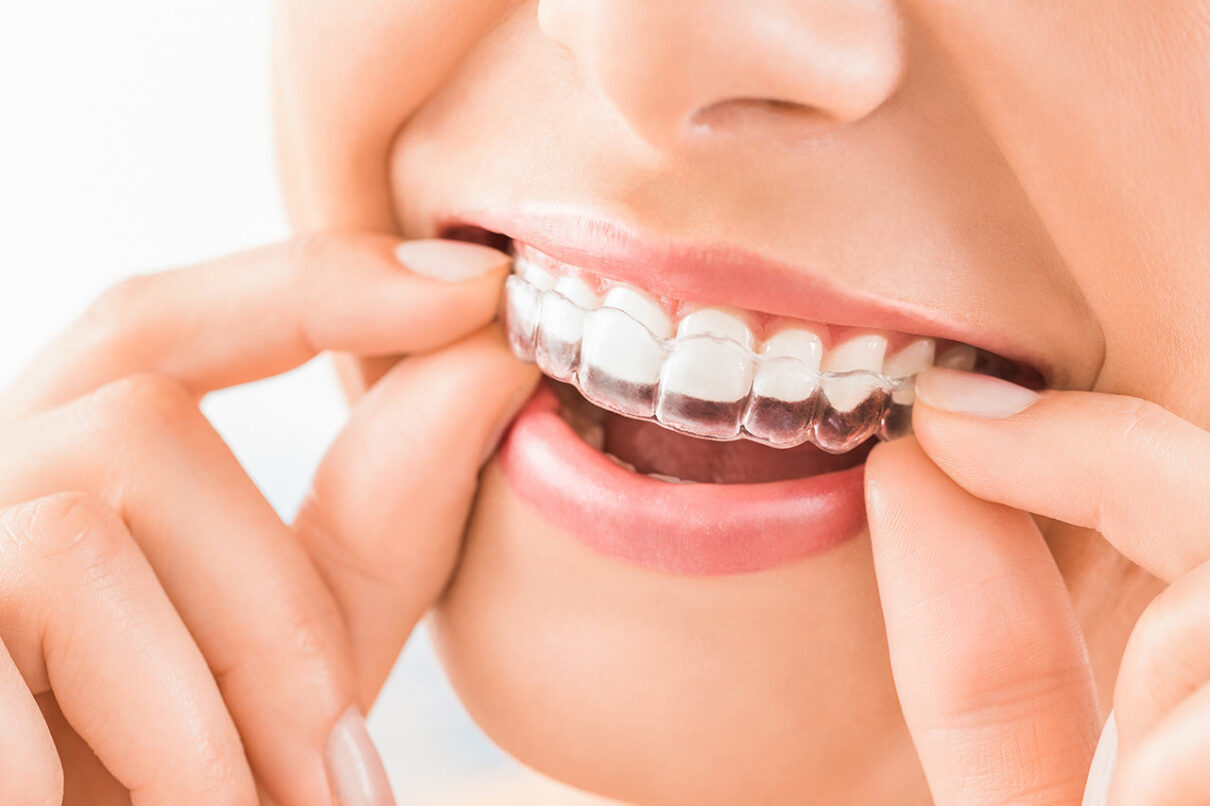Gallagher & Kuhn oral cancer screening Oral cancer, which encompasses cancers of the mouth, throat, lips, and tongue, is a serious condition that often goes undetected until it reaches an advanced stage. Early detection is critical because it significantly improves the chances of successful treatment. That’s why regular oral cancer screenings, conducted by your dentist
Some patients may benefit from a nightguard to help alleviate the stress on their jaw joints, muscles, and teeth caused by teeth grinding or clenching. These habits, often occurring unconsciously during sleep, can lead to a variety of issues, including tooth wear, jaw pain, headaches, and even temporomandibular joint (TMJ) disorders. A nightguard acts as
Implants act as replacements for missing teeth and offer patients a dependable long-term solution. Implants can be used to replace a single missing tooth, multiple teeth or to help secure dentures in place. An implant is usually placed by an oral surgeon or periodontist and is restored by the general dentist. Will an implant hurt?
Got a cavity? A filling is the usual solution. Fillings are commonly used to restore the structure of a tooth that has been damaged by decay. When a cavity is identified, the decayed portion of the tooth is removed and replaced with a filling. Sometimes, cavities form around old fillings, which means the original filling
Dentures are dental appliances that are designed to replace missing teeth and surrounding gum tissue. They can be taken out of the mouth, they are not permanent. Dentures can be a solution for people who have lost some or all their natural teeth due to tooth decay, gum disease or injury. Complete Dentures Complete Dentures
What are tooth crowns? Crowns are “caps” that provide support for the tooth. They are recommended when a cavity or fracture is too large to fix with a filling. A new crown may also be recommended if decay (cavity) has formed underneath an existing crown. Crowns are most often made of a ceramic material and
Cosmetic Dental Services Westminster, MD Sometimes you just want to improve your smile! Every smile is different and your needs will determine the necessary treatment. Cosmetic dentistry can include bonding, veneers, crowns, implants, bridges, and even clear aligners or braces. We are proud to offer a full range of cosmetic dental treatments designed to enhance
Dental Bonding Improves Minor Tooth Damage Bonding takes advantage of modern, tooth-colored materials that adhere to your tooth surface. We use bonding to fix fractured teeth, replace worn tooth structure, and change the color and shape of your teeth to improve aesthetics. In some instances, bonding can be a more conservative alternative to crowns that
- 1
- 2
















